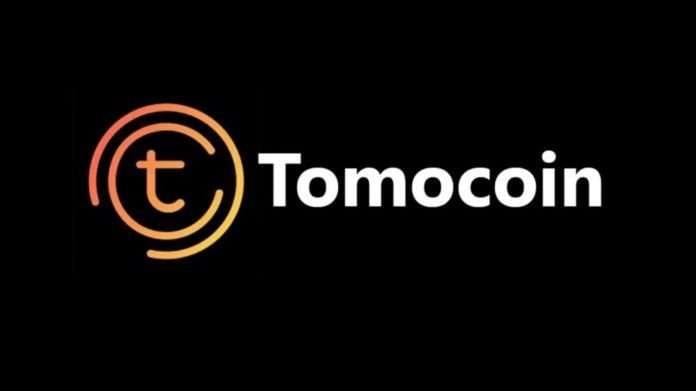
This estimated amount is then debited from the account Bad Debts Expense and credited to a contra account called Allowance for Doubtful Accounts, according to the Houston Chronicle. 10% increase in fixed costs and 15% increase in units sold yield an operating income of $160,000. Now, we can calculate the total cash flow for each year by summing the variable costs, fixed costs, and depreciation the direct write off method tax shield. In this case, the total cash flow for each year is $800,000 + $1 million + $262,500, which equals $2,062,500. 4) A company’s adjusting entry for uncollectible accounts at year-end would include a debit to Bad Debt Expense. The adjusting entry for uncollectible accounts at year-end is made to estimate the amount of accounts receivable that are likely to be uncollectible.
Balance Sheet

Technological disruptions, such as the emergence of new digital platforms or advancements in automation, can force organizations to adapt their operations and business models. Regulatory changes or shifts in industry standards may require organizations to comply with new regulations or modify their practices. Organizational change is essential for global market competitiveness, driven by customer demands, technological advancements, and regulatory changes. Retailers purchase a wide variety of food products and merchandise them for final consumers.
Comparison with the Allowance Method
For Year 2, assuming a 10% even growth in normal operating activities, we can use the Year 1 income statement as a base and increase the net sales, cost of goods sold, and operating expenses by 10%. We follow the same steps as in Year 1 to prepare the Year 2 multistep income statement. Additionally, assuming a 10% even growth in normal operating activities during Year 2, we need to prepare a Year 2 multistep income statement and calculate the percentage change in net income between the two years. Finally, we determine whether the stockholders should have expected the results obtained in Requirement c. This also results in an understated profit for the year since this bad debt expense relates to sales made in a preceding year and the matching principle of accounting is being violated.
Trial Balance
The business is left out of pocket with “bad debt” to balance in the books. The direct write off method offers a way to deal with this for accounting purposes, but it comes with some pros and cons. For the taxpayer, this means that if a company sells an item on credit in October 2018 and determines that it is uncollectible in June 2019, it must show the effects of the bad debt when it files its 2019 tax return. This application probably violates the matching principle, but if the IRS did not have this policy, there would typically be a significant amount of manipulation on company tax returns. For example, if the company wanted the deduction for the write-off in 2018, it might claim that it was actually uncollectible in 2018, instead of in 2019. The understanding is that the couple will make payments each month toward the principal borrowed, plus interest.
The Direct Write-Off Method: Should You Use It In Your Business?

Accounts receivable are recorded in the entity’s financial statements only if it is following the accrual basis accounting principle. If an entity uses a cash basis to prepare its financial statements, receivables should recognize our revenue. The first entry reverses the bad debt write-off by increasing Accounts Receivable (debit) and decreasing Bad Debt Expense (credit) for the amount recovered.
If he does not write the bad debt off, it will stay as an open receivable item, artificially inflating his accounts receivable balance. The direct write-off method doesn’t adhere to the expense matching principle—an expense must be recognized during the same period that the revenue is brought in. As a result, the direct write-off method violates the generally accepted accounting principles (GAAP). The allowance method requires a small business to estimate at the end of the year how much bad debt they have, while the direct write off method lets owners write off bad debt whenever they decide a customer won’t pay an invoice.
Accounts Receivable and Bad Debts Expense Outline
By far the easiest write-off method, the direct write-off method should only be used for occasional bad debt write-offs. https://www.bookstime.com/ is a way businesses account for debt can’t be collected from clients, where the Bad Debts Expense account is debited and Accounts Receivable is credited. The breakeven point is the point at which the total revenue equals the total costs, resulting in zero profit. To calculate the expected value, we need to find the proportion of people in the sample who are in the labor force.
- Understanding the direct write-off method is crucial for small businesses or those not bound by GAAP, as it provides a clear and uncomplicated approach to handling bad debts.
- Retailers purchase a wide variety of food products and merchandise them for final consumers.
- The accounts receivable aging method groups receivable accounts based on age and assigns a percentage based on the likelihood to collect.
- This means that the customers are allowed to purchase goods and services on credit with the promise to pay for them at a later date.
- However, the direct write-off method can result in misstating the income between reporting periods if the bad debt journal entry occurred in a different period from the sales entry.
- This is why GAAP doesn’t allow the direct write off method for financial reporting.

